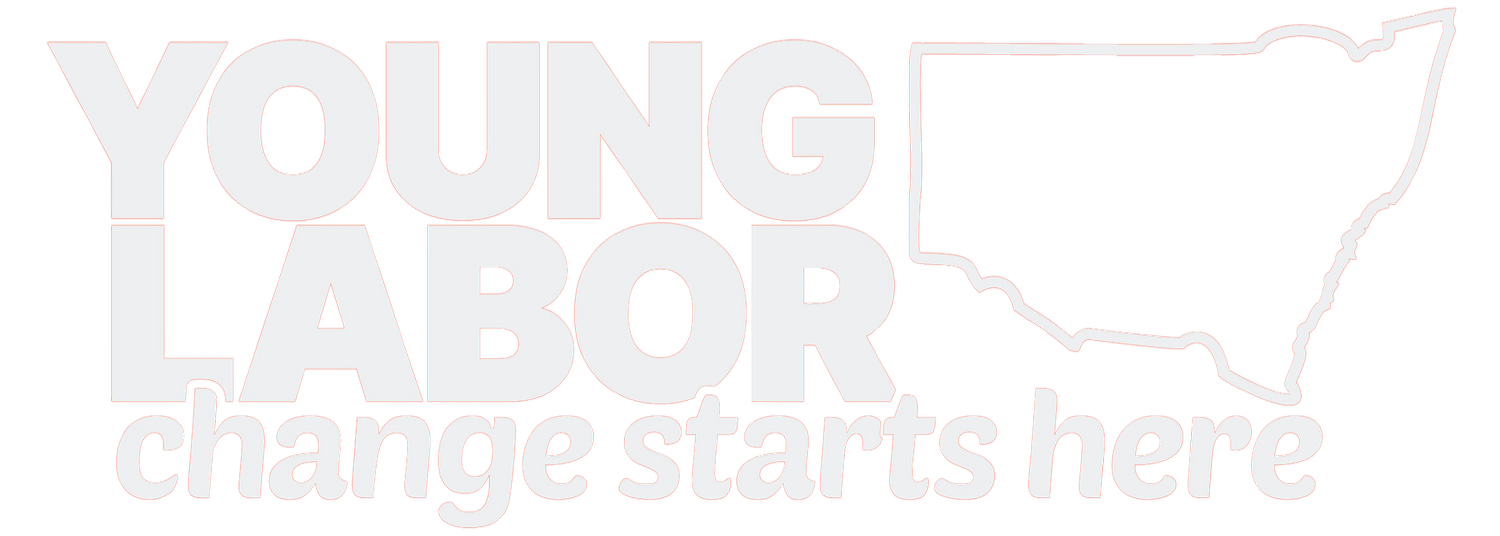Public Transport for Regional NSW
Regional New South Wales (NSW) faces a pressing need for improved public transport infrastructure to address a myriad of challenges facing communities. The vast expanse of Regional NSW encompasses diverse communities, agricultural hubs, and emerging economic centres, making efficient and reliable public transport vital for fostering connectivity, economic growth, and overall community well-being. 16 regional hubs were identified by the NSW government in their improvement plan for public transport. However, it is missing many areas that are still trying to advocate for better accessibility.
One of the primary reasons for enhancing public transport in Regional NSW is the significant role it plays in connecting remote and rural areas. Many residents in these regions face isolation due to limited transportation options, hindering access to essential services like healthcare, education and food storefronts. Improved public transport can bridge these gaps, ensuring that individuals across Regional NSW have equitable access to vital resources. Many of the zones identified in the government strategy already have some level of public transport. Arguably the focus needs to be on their surrounding townships to allow for greater accessibility to essential services available in well-known regional hubs and to ensure these communities are not being left behind in consideration for improving a better quality of life and resource.
Furthermore, an enhanced public transport system in Regional NSW is essential for economic development. Many regional areas have untapped potential for growth, and improved transportation infrastructure can attract businesses, stimulate job creation, and boost local economies. This, in turn, can contribute to a more balanced distribution of economic opportunities, reducing the concentration of prosperity in urban centres.
Additionally, an efficient public transport system can alleviate environmental concerns in Regional NSW and meet state government targets for reducing carbon emissions. The reliance on personal vehicles contributes to carbon emissions and environmental degradation. By providing reliable and sustainable public transport options, the region can reduce its carbon footprint, promote eco-friendly practices, and contribute to Australia's broader efforts in combating climate change.
Moreover, investing in better public transport for Regional NSW aligns with broader urban planning goals, fostering more sustainable and liveable communities. Reduced traffic congestion, improved air quality, and increased accessibility can enhance the overall quality of life for residents in these areas.
Regional NSW urgently needs improved public transport to address social, economic, and environmental challenges. By fostering connectivity, supporting economic growth, and promoting sustainability, an enhanced public transport system can contribute to a more vibrant, resilient, and equitable future for the region. The benefits of such investments extend beyond transportation, positively impacting the lives of individuals and communities across Regional NSW.

